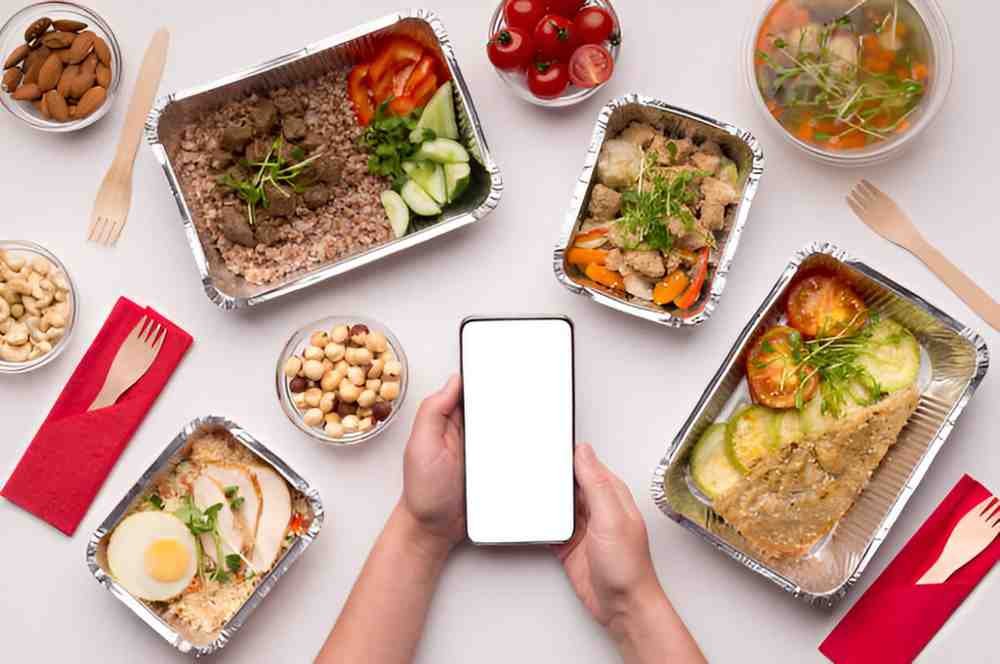When you think about meal prep, it often conjures images of neatly stacked containers, well-planned grocery lists, and perfectly portioned meals. Yet for many busy families, getting there feels overwhelming. Between juggling work, school schedules, extracurricular activities, and family time, meal prep often takes a backseat. This is where technology steps in to simplify the process. I’ve explored a wide range of meal prep apps that cater to families like mine, and I’m here to share what I’ve learned.
Table of Contents
Why Meal Prep Apps Matter
Meal prep apps can bridge the gap between your aspirations for healthy, home-cooked meals and the chaos of daily life. They offer tools to plan meals, track nutrition, generate shopping lists, and even guide you through recipes step-by-step. With the right app, the burden of deciding “what’s for dinner?” becomes lighter, saving time and reducing stress.
What Makes a Great Meal Prep App?
The ideal meal prep app should fit seamlessly into your lifestyle. Here are some criteria I used to evaluate them:
- Ease of Use: A family-focused app should have an intuitive interface.
- Customizability: Meal plans need to accommodate dietary preferences, allergies, and portion sizes.
- Features: Look for recipe suggestions, grocery list generation, and nutritional breakdowns.
- Integration: The app should sync with calendars, grocery delivery services, or smart appliances.
- Cost: While many apps are free, premium features can add value.
Top Meal Prep Apps for Families
1. Paprika Recipe Manager
Paprika is my go-to app for organizing recipes. It’s a recipe manager rather than a meal planner but excels in functionality. You can save recipes from anywhere online and modify them to suit your family’s taste. The app’s grocery list feature syncs directly with your planned recipes, making shopping efficient.
Pros:
- Customizable recipe storage.
- Offline access.
- Timer integration for cooking steps.
Cons:
- Limited meal planning features.
- No free version.
2. Mealime
Mealime offers a balance of simplicity and utility, making it ideal for families. With a few taps, you can customize meal plans based on dietary restrictions, allergens, and even dislikes. The app generates a grocery list that can integrate with delivery services, saving you a trip to the store.
Pros:
- Personalized meal plans.
- Quick recipes under 30 minutes.
- Grocery list integration.
Cons:
- Limited recipe variety in the free version.
- Basic nutritional information.
| Feature | Paprika | Mealime |
|---|---|---|
| Recipe Organization | Yes | No |
| Grocery List Sync | Yes | Yes |
| Dietary Customization | No | Yes |
| Free Version | No | Yes |
3. Plan to Eat
Plan to Eat focuses on creating a weekly menu. It allows you to drag and drop recipes into a calendar, automatically generating shopping lists. You can upload your own recipes or import them from the web. While it lacks advanced features, its simplicity makes it a great choice for families who prefer straightforward tools.
Pros:
- User-friendly interface.
- Recipe importing.
- Long-term meal storage.
Cons:
- Requires manual entry for custom recipes.
- Subscription required after a trial period.
4. Yummly
Yummly stands out for its AI-driven recipe recommendations. After you input your family’s preferences, the app suggests recipes tailored to your tastes. It also has a robust search feature, allowing you to filter by cooking time, difficulty, or specific ingredients.
Pros:
- Personalized recipe suggestions.
- Video tutorials for recipes.
- Smart integration with appliances.
Cons:
- Can feel overwhelming with too many options.
- Some features require premium access.
| App | Best For | Free Version | Notable Features |
|---|---|---|---|
| Plan to Eat | Simple weekly planning | No | Drag-and-drop menu planner. |
| Yummly | Advanced recipe discovery | Yes | AI-based personalization. |
Free vs. Paid Meal Prep Apps
It’s worth addressing the cost. While free apps like Mealime provide great basic features, premium versions unlock meal plans, advanced filters, and seamless integrations. If you’re serious about meal prep, investing in a paid version might save you money by reducing food waste and unnecessary purchases.
Key Differences:
| Feature | Free Apps | Paid Apps |
|---|---|---|
| Recipe Variety | Moderate | Extensive |
| Nutritional Tracking | Basic | Detailed breakdown |
| Integration Options | Limited | Broad (e.g., smart appliances) |
How I Use Meal Prep Apps
My weekly routine involves combining tools. I use Yummly to discover recipes and Paprika to store and organize them. Mealime simplifies my grocery shopping, and I’ve recently started experimenting with Plan to Eat for better planning. Each app plays a role in making meal prep smoother and more enjoyable.
Common Challenges with Meal Prep Apps
Despite their benefits, these apps aren’t without flaws. Some apps have steep learning curves, while others don’t accommodate complex diets. Syncing issues can arise when using multiple devices, and some families might find the digital aspect impersonal compared to traditional methods.
Conclusion
Meal prep apps are invaluable for busy families, but no single app fits everyone. Choosing the right one depends on your family’s needs. Experiment with free versions before committing to a subscription, and don’t hesitate to combine tools for the best results. With the right app, meal prep transforms from a chore into an achievable family ritual.





